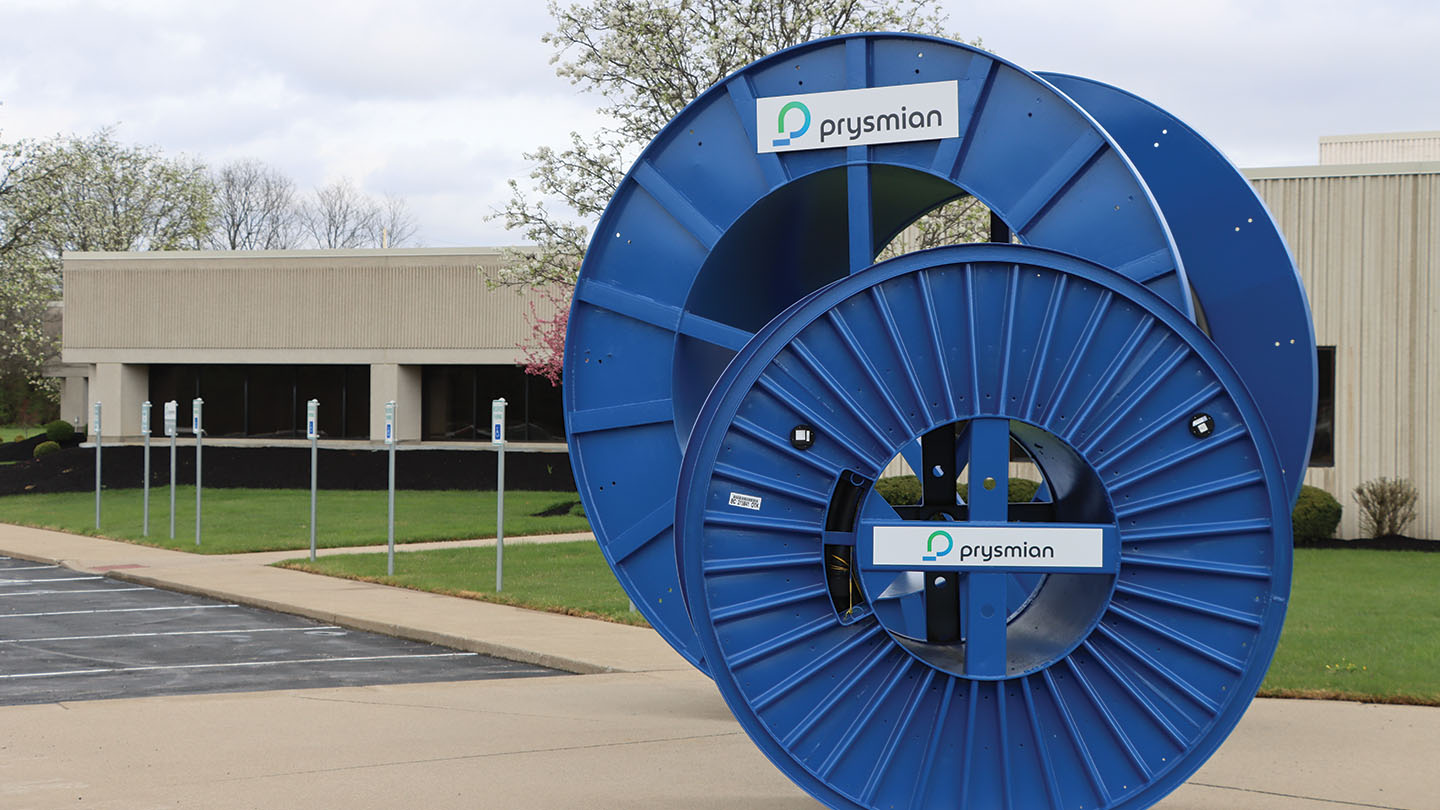
Contributors
Basak Toprak
Executive Director, J.P. Morgan Payments
Milind Tanna
EMEA Head of Open Banking, J.P. Morgan Payments
More than 40 jurisdictions globally are in the process of implementing open banking. While this sounds like a lot, the term ‘open banking’ may mean something slightly different in each region, with activations varying between market or regulator-driven approaches.
At its core, open banking enables third-party payment and financial service providers access to consumer banking information. You may have heard of examples where consumers have aggregated bank account information in one dashboard – this is open banking.
It can seem daunting – mentions of APIs, regulations and implementation pathways. What has moved the needle for our business clients is the realisation that this can be a real alternative to traditional payment method, especially challenging ones. A great example of this is for subscription-based platforms using direct debits, which can be costly when you consider returns due to fraud or incorrect account numbers. Using open banking as a first payment helps validate user ownership and help reduce overall direct debit collection fraud. This helps reduce returns due to incorrect account numbers or fraud. In the future, Variable Recurring Payments APIs may remove the need to fall back on these direct debits but for now it’s a pretty neat fit.
For J.P. Morgan, open banking is just one option, particularly from a payments perspective. We already process large volumes of direct debits, and in tandem are heavily invested in providing Real Time Payments globally. Open banking sits alongside these options, they are not competing solutions.
We are working on some very interesting use-cases to solve problems endemic to the current traditional payment methods, such as direct debits. Open banking can be a good option for online platform businesses where direct debit returns are creating manual work and costs.
BASAK TOPRAK
J.P. Morgan Payments
Open banking around the world
Financing requires a lot of data gathering – at the point of sale for customers for the users but also for merchants or sellers advance payments. Open banking can help at the checkout to determine financing options for the seller.
In addition, banks could benefit from retailers data on consumers; we’re seeing that in Nigeria, for example, where open banking regulations are considering including retailers to open up their data too.
The relatively large uptake in the UK - over 5 million people actively using open banking services - has been made possible by the hard work of banks in the UK and the Open Banking Implementation Entity. There, standards, guidelines and an implementation path was provided not only to banks but also the wider players including fintechs. When we look at Europe, good progress has been made but there is more standardization required.
Further east, Hong Kong has had the Open API framework in action for several years now and implementing further phases of the framework. India has led the way with their regulator platform-driven approach, combining real time payments and digital identity helping with financial inclusion.
Australia is a great example for pushing the Consumer Data Right framework – leading from a consumer data sharing perspective and building towards taking action based on that data.
Meanwhile, the US and Canada are also working on a regulatory framework to allow for open banking taking the consumer financial protection and promotion perspective.
What is the future of open banking payments?
Open Banking will lead us to Open Finance and the next level is Open Data, eventually allowing for a network of financial data to be shared.
McKinsey’s analysis suggests broad adoption of open-data ecosystems could boost the GDP of the EU, UK and US up to 1.5%1 . Ultimately everyone benefits from consumers to small businesses and large scale enterprises. In India, for example, the use of the national digital identification system, Aadhaar, for KYC verification of retail consumers reduced costs for financial institutions from about $5 per customer to $0.70.
The key benefits are:
- Access to more financial products and services.
- More control over personal information.
- Increased involvement in your own finances --- read and write access.
Improved financial health is the end target for Open Finance.
Open banking is a stepping stone to open finance. As more and more retail banks publish their value added services APIs, our creative solutions can help connect these dots and bring that future closer.
Milind Tanna
EMEA Head of Open Banking, J.P. Morgan Payments
Open Finance will enable the creation of financial dashboards that bring together consumer data such as investments, savings, and cash flow in one location. Gig economy workers could benefit from sharing their financial data which may be sitting in wallets, while VRP is really paving the way for future of open banking payments in the UK.
It’s interesting that since direct debit and card-based recurring payments there hasn’t been much innovation in the recurring payments space and we are seeing steady progress now with open banking. Financial institutions should begin to embrace the change, and adapt for the benefit of their retail and institutional clients. Large marketplaces and platforms could also leverage the real time liquidity for sellers that open banking provides. It is not without its challenges, and the progress may take time, but we are really excited by how this will evolve in the future.
Connect with your J.P. Morgan representative to find the right financing solution for your business
Stay informed and stay ahead with our monthly newsletter
Receive key updates and news with relevant actionable insights and best practices — including the latest intelligence on payments trends, digital innovation, regulatory change, ESG and sustainable financing and much more.
The views and opinions expressed herein are those of the author and do not necessarily reflect the views of J.P. Morgan, its affiliates, or its employees. The information set forth herein has been obtained or derived from sources believed to be reliable. Neither the author nor J.P. Morgan makes any representations or warranties as to the information’s accuracy or completeness. The information contained herein has been provided solely for informational purposes and does not constitute an offer, solicitation, advice or recommendation, to make any investment decisions or purchase any financial instruments, and may not be construed as such.
JPMorgan Chase Bank, N.A. Member FDIC.
JPMorgan Chase Bank, N.A., organized under the laws of U.S.A. with limited liability.







